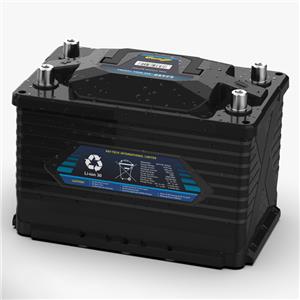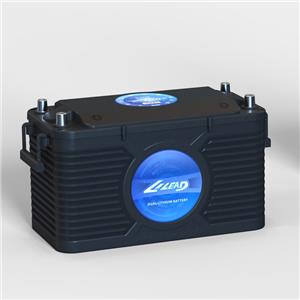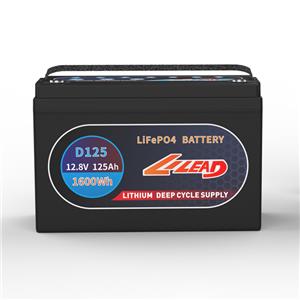1. Technical principles and components of lithium batteries for sailboats
Sailboat lithium battery is a new energy propulsion system that utilizes lithium ions to move back and forth between positive and negative electrodes to achieve charging and discharging. It has the advantages of high energy density, high power density, long life, low self-discharge, no pollution, etc. It is the most advanced sailing power battery at present.
The main components of sailboat lithium batteries include positive electrode, negative electrode, separator, electrolyte, and shell. Below, we will introduce their functions and characteristics separately.
Positive electrode: The positive electrode is the positive electrode plate of a sailboat lithium battery, and its active substance is generally lithium manganese oxide or lithium cobalt oxide, with nickel cobalt lithium manganese oxide material 1. The function of the positive electrode is to release lithium ions during charging and absorb lithium ions during discharge, thereby providing voltage and capacity. The conductive current collector of the positive electrode uses electrolytic aluminum foil with a thickness of 10-20 microns.
Negative electrode: The negative electrode is the negative electrode plate of a sailboat lithium battery, and its active material is graphite or carbon with a similar graphite structure. The function of the negative electrode is to absorb lithium ions during charging and release lithium ions during discharge, thereby providing current and power. The conductive current collector of the negative electrode uses electrolytic copper foil with a thickness of 7-15 microns.
Diaphragm: Diaphragm is a microporous film used to separate positive and negative electrode plates, and is a polymer functional material with a nanoscale microporous structure. The main function of the diaphragm is to prevent short circuits caused by contact between the two poles, while allowing lithium ions in the electrolyte to pass freely. The performance of the separator determines the interface structure, internal resistance, safety, and cycle life of the battery.
Electrolyte: the electrolyte is a carbonate solvent dissolved with lithium hexafluorophosphate, or gel electrolyte is used. The main function of electrolyte is to provide a medium for the migration of lithium ions between positive and negative electrodes, while participating in positive and negative electrode reactions. The performance of electrolyte determines the conductivity, chemical stability and temperature adaptability of battery.
Shell: The shell is the external protective structure of the sailboat lithium battery, which is divided into steel shell, aluminum shell, nickel plated iron shell (used for cylindrical batteries), aluminum plastic film (soft packaging), and so on. The main function of the casing is to protect internal components from external environmental influences, while providing positive and negative pole leads.
The above is the technical principle and components of sailboat lithium batteries. We hope you can have some understanding.




